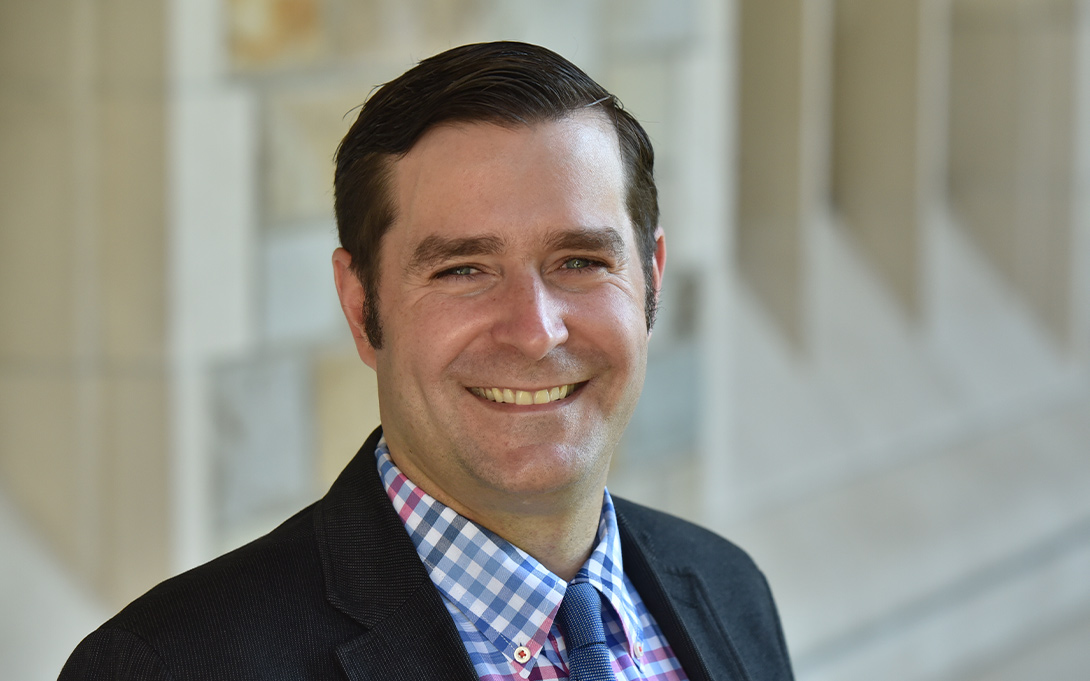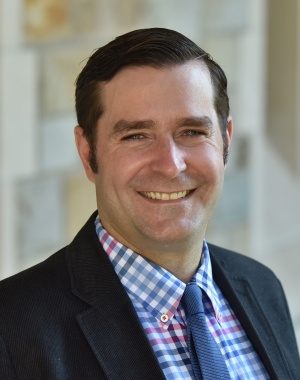
Do universities respond to the changing needs of industry by offering curriculums that provide students skills they need on the job? That’s the central question of a multi-year research project headed up by Kevin Stange, co-director of the University of Michigan’s Education Policy Initiative.
The short answer is, yes, colleges and universities do respond to the needs of the labor market, according to the project’s most recent study, released last month by the W.E. Upjohn Institute for Employment Research. “Although there is a lot of criticism that four-year institutions are not educating students in the skills they need to get a job, they actually appear to be quite responsive,” Stange said.
In fact, the study found that a 1% increase in demand for jobs in a particular field lead to 1.3% greater course-taking and degrees in that field.
To calculate that number, Stange worked with colleagues from The University of North Carolina at Chapel Hill, the W.E. Upjohn Institute for Employment Research, Cornerstone Research, The University of Chicago, and the Australian National University Research School of Economics. The project was funded by the National Science Foundation and the Russell Sage Foundation.
They pulled data from the professional networking site LinkedIn to identify the metro areas where alumni from specific colleges move for work early in their careers. (In 2022, the team published a paper on this portion of the study that documents where graduates from specific colleges get jobs.)
The team also created an algorithm that categorized online job postings for college graduates in different regions of the U.S. Then, they were able to match the demands of regional job markets to majors at the specific colleges that supply employees to those regions.
The research team was able to make these connections because of the massive amounts of job posting and resume data that is available online. “New data has allowed us to look these kinds of questions in rich detail, so we now have a much better understanding of the skills people are bringing to jobs and the nature of their work,” Stange said.
Parsing the data, the research group found that not all college programs are equally responsive. Moderately- and less-selective colleges, which typically depend on tuition revenue and state funding, demonstrated the biggest responses to workforce demands. The most selective colleges, which tend to depend more on research funding and endowments, demonstrated significantly smaller responses to workforce demands.
“Media reports on this topic tend to focus on highly-selective, private institutions where a lot of students study in fields that are less directly related to the labor market and where there are many more students in research-focused graduate programs,” Stange said. “But that’s not where the bulk of students go. Institutions that are moderately selective, or even open access, have more students and tend to be more responsive.”
There are a few other important take-home messages from the project, Stange said. “First, investment in higher education is important!” he said. “These investments are going to help students get jobs and start companies. This is a good investment for states to continue to make.”
Second, institutions need flexibility to make changes to their curriculums that accommodate the changing needs of the labor market, Stange said.
“There are two sides of this,” Stange explained. “There is demand from the students, but there are also decisions by the institutions. They interact in important ways to make sure investment is responding to changes in the economy. We can’t quite tease apart this phenomenon, but we know that institutions need some autonomy to be responsive.”
Written by Sheri Hall
Stange's research was also written up in Diverse Education.
